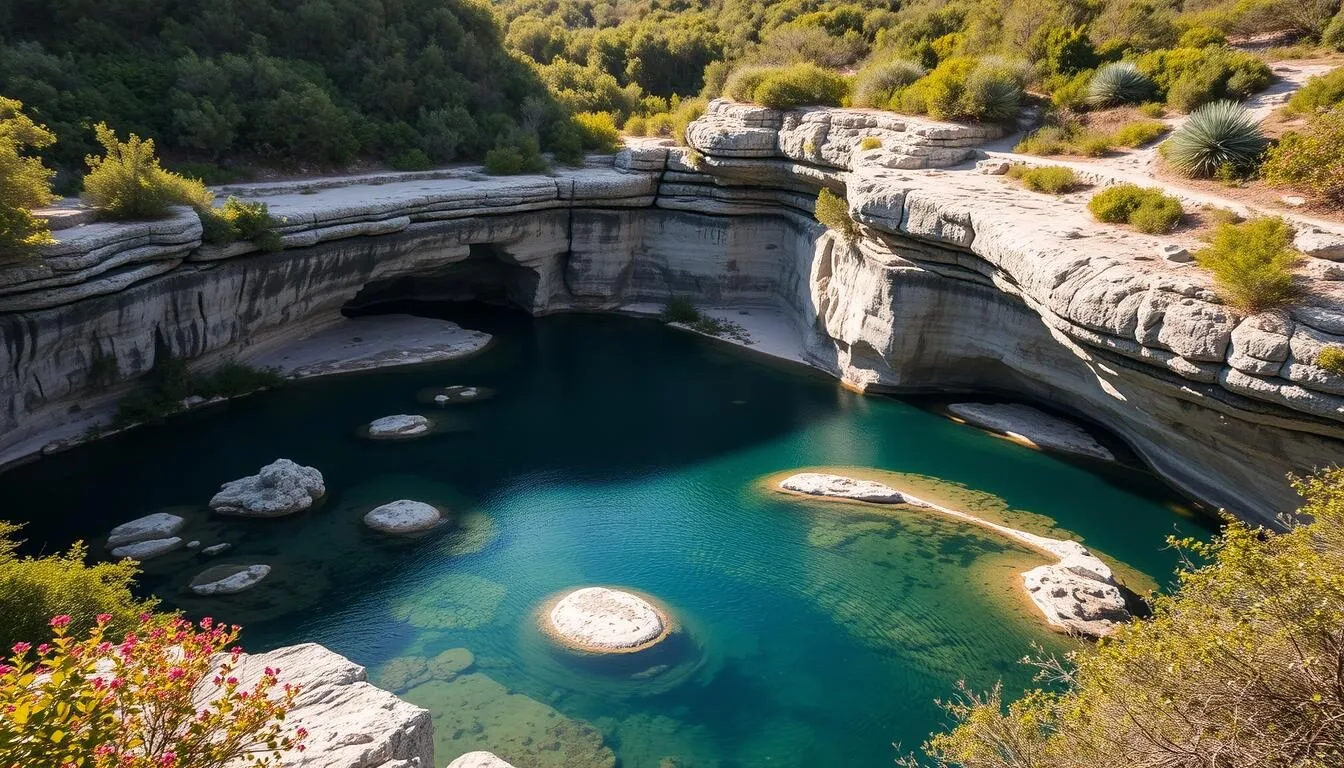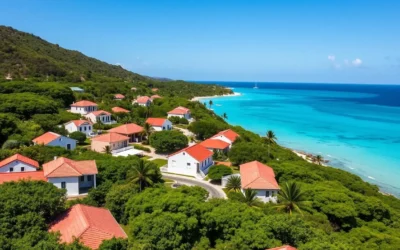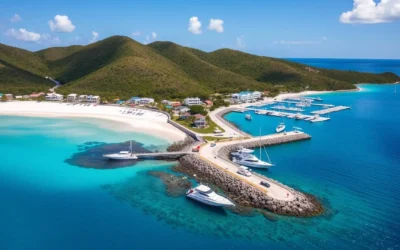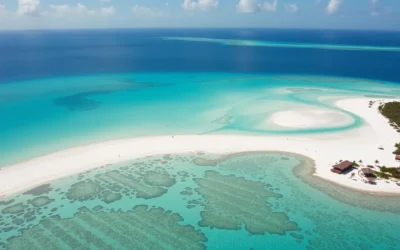✓ Accommodations✓ Flights✓ Rental Cars
Did you know that Big Spring in Anguilla houses over 100 ancient petroglyphs dating back to AD600-1200, making it one of only two known petroglyph sites on the entire island? This archaeological treasure, nestled in the fishing village of Island Harbour, offers a rare glimpse into the island’s pre-Columbian past and the indigenous Amerindian culture that once thrived here.
About Big Spring National Park
Big Spring is a remarkable heritage site located on 0.4 acres of Crown land in Island Harbour, Anguilla. What appears today as a large depression in the landscape was likely once an enclosed limestone cave that partially collapsed, creating the current formation. During the time when Amerindians inhabited the area, the site featured an overhang that extended over a freshwater source approximately 5 meters below ground level.
The site’s most significant feature is its collection of over 100 petroglyphs (rock carvings) etched into the rock ledges surrounding the depression. These carvings date back to AD600-1200 and represent one of only two known petroglyph sites in Anguilla, the other being Fountain Cavern.
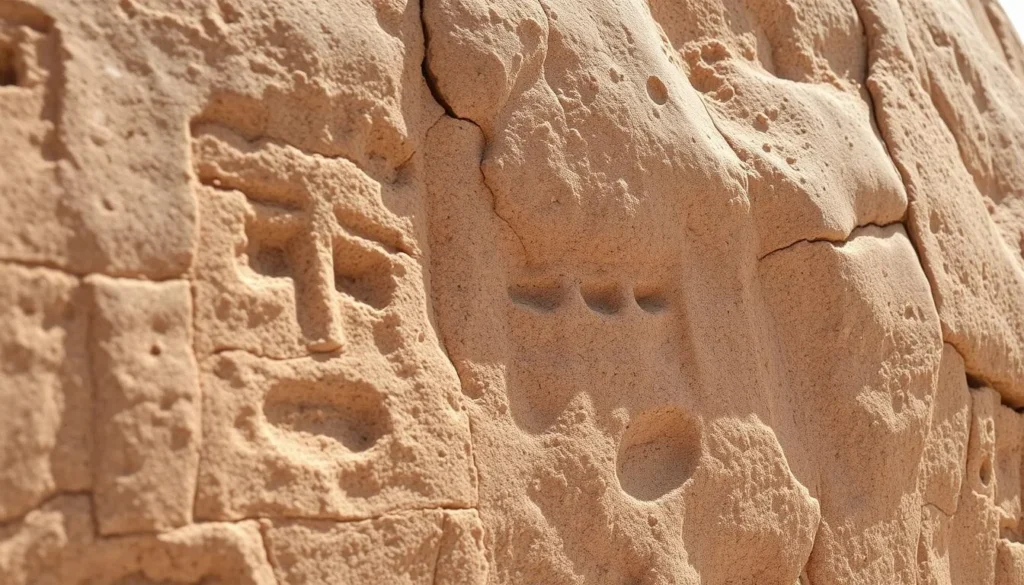
The majority of the petroglyphs feature a distinctive pattern of three indentations that form faces, believed to represent images of Amerindians who were born or died in the community. These carvings offer fascinating insights into the spiritual and cultural practices of the island’s earliest inhabitants.
Ready to Explore Anguilla’s Ancient Heritage?
Discover the mysteries of Big Spring’s petroglyphs and learn about Anguilla’s fascinating pre-Columbian history with an expert-guided tour.
Book a Heritage Tour
Planning Your Visit to Big Spring
Getting to Anguilla
Anguilla is accessible by air through Clayton J. Lloyd International Airport (AXA) or by sea via ferry services from neighboring St. Martin. Most visitors arrive at Princess Juliana International Airport in St. Martin and then take a short ferry ride to Anguilla.
Best Time to Visit
The ideal time to visit Big Spring and Anguilla is during the dry season from December to April. The weather is pleasant with temperatures ranging from 75°F to 85°F (24°C to 29°C). The site is less enjoyable during the rainy season (May to November) when the depression may collect water.
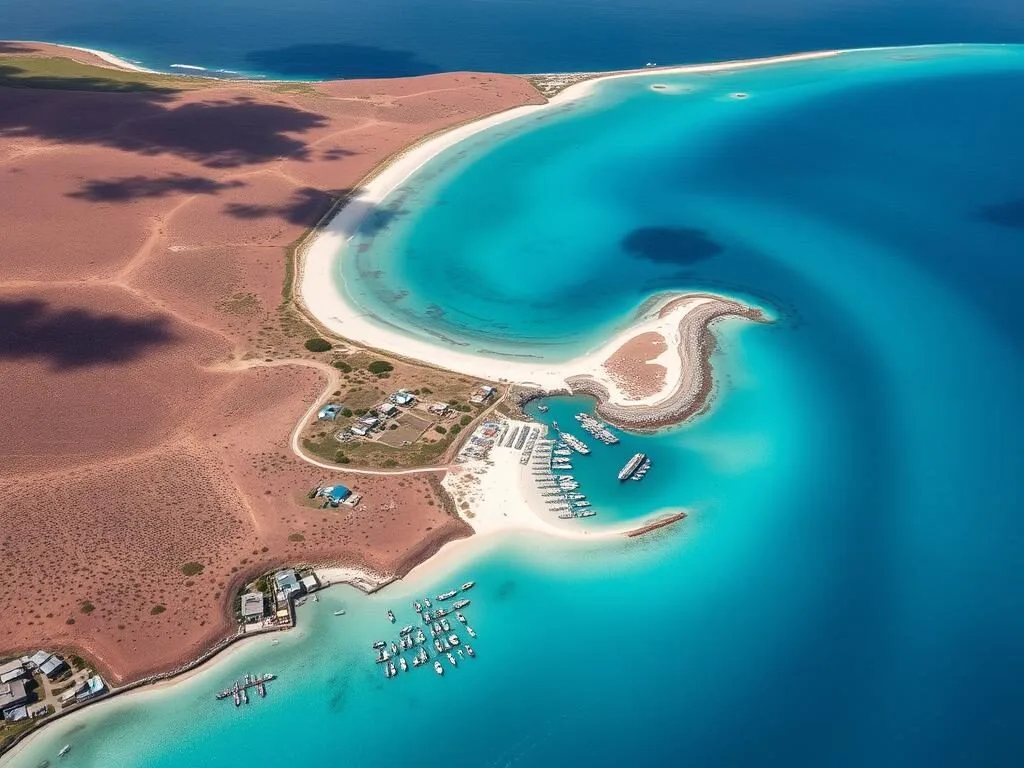
Where to Stay
Island Harbour offers several accommodation options ranging from luxury resorts to charming guesthouses. Staying in this area puts you within easy reach of Big Spring National Park and other local attractions.
Visiting Information
Opening Hours
Big Spring Heritage Site is open for tours daily at 9:00 AM. All visits require pre-booking through the Anguilla National Trust at least 48 hours in advance.
Contact the Anguilla National Trust office to arrange your visit:
+1 (264) 235-5297
Admission Fees
Adults: $10 USD
Children (0-12): $5 USD
The fees collected help support the preservation and maintenance of this important heritage site.
Tour Duration
Guided tours of Big Spring typically last about 1 hour. Tours are led by knowledgeable guides from the Anguilla National Trust who provide fascinating insights into the site’s history and significance.
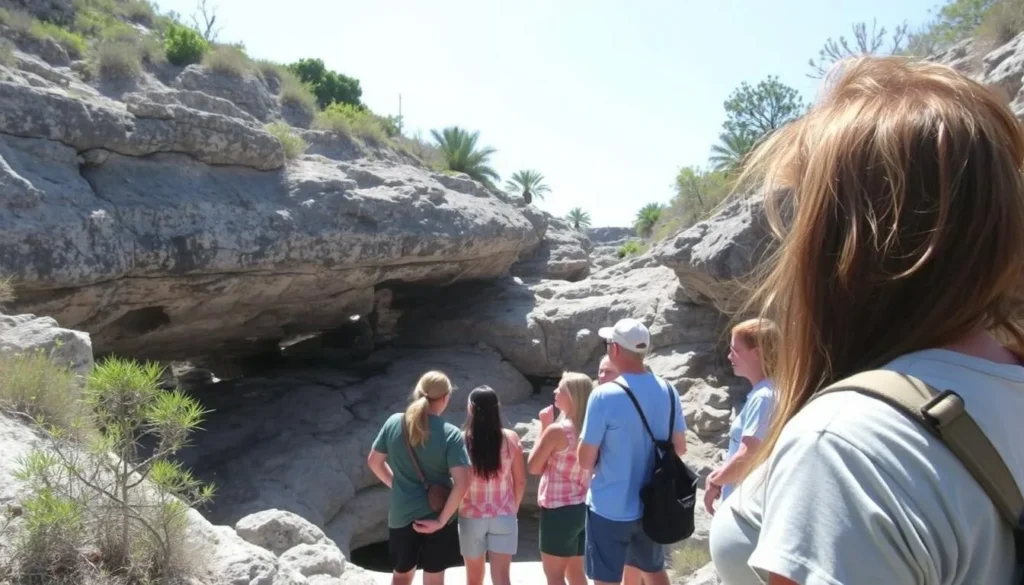
Need Transportation on the Island?
Explore Big Spring and other attractions at your own pace with a rental car. Anguilla is small and easy to navigate, making it perfect for self-driving.
What to See at Big Spring
The Petroglyphs
The main attraction at Big Spring is undoubtedly the collection of over 100 petroglyphs carved into the rock ledges. These ancient carvings primarily feature three-indentation patterns forming faces, believed to represent community members who were born or died in the area.
Archaeologists suggest these carvings date back to AD600-1200 during the Late Ceramic Age when indigenous Amerindians occupied the site. The petroglyphs provide valuable insights into pre-Columbian spiritual practices and artistic expressions.
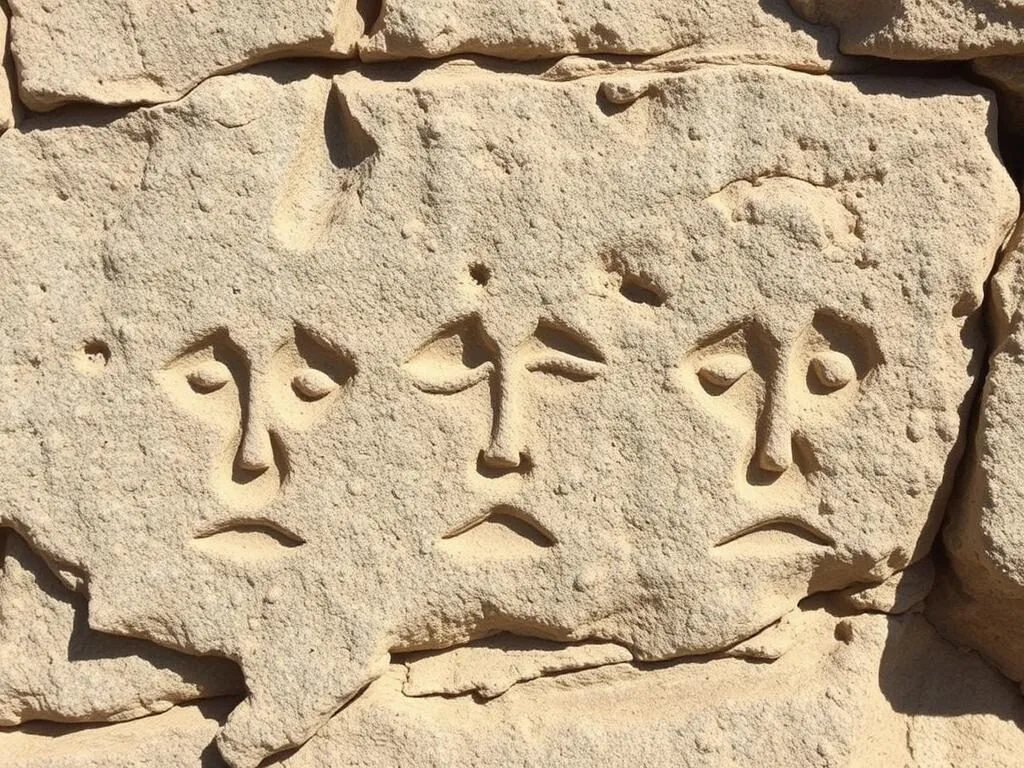
The Natural Depression
The site itself is a circular depression approximately 40 meters in diameter and 5 meters deep. What was once likely a limestone cave has partially collapsed, creating this unique geological formation. Large blocks of collapsed rock fill much of the sinkhole, while bedrock overhangs remain at the eastern and southern edges.
The depression once contained a natural freshwater spring, which was a critical resource for the island’s early inhabitants. This rare source of freshwater on the otherwise arid island made Big Spring an important ceremonial and practical site for Amerindians.
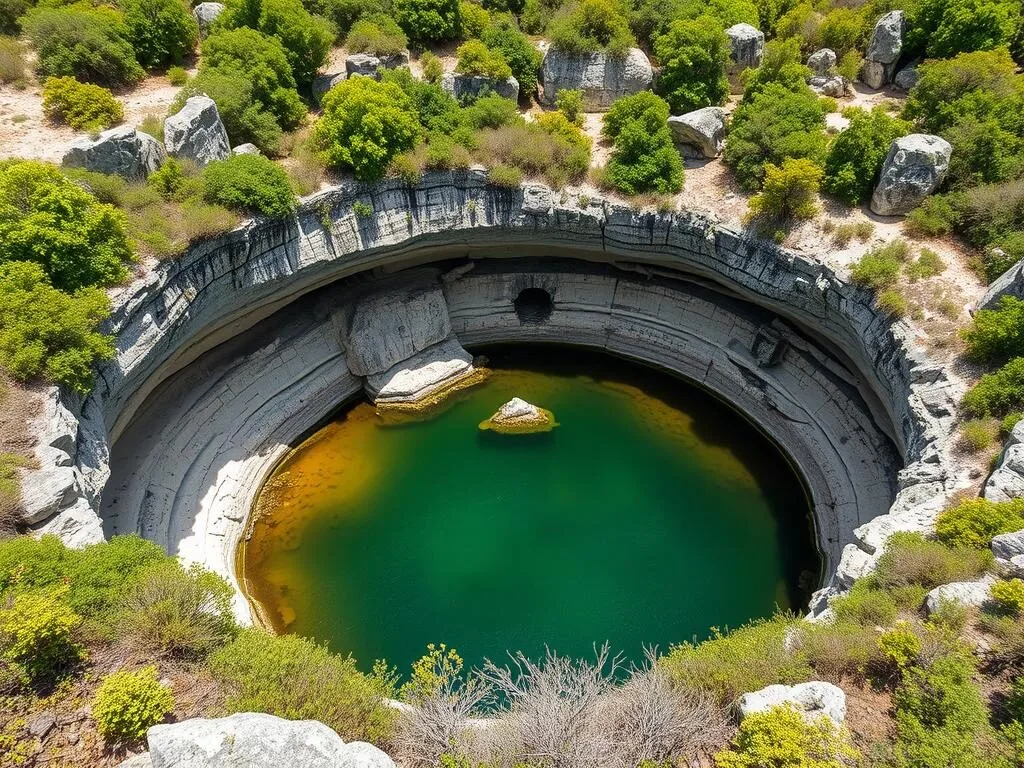
Historical Significance
Big Spring’s importance extends beyond its petroglyphs. The site was continuously used for water collection from the pre-Columbian era through colonial times. After the disappearance of the Amerindians, Afro-Caribbean and Euro-Caribbean residents continued to use the spring for approximately 300 years until the 1970s, when freshwater from the spring was replaced by desalinated seawater.
The site was rediscovered in 1988 by John Lloyd, who informed the Anguilla Archaeological & Historical Society. After extensive study, the site was opened to the public in 2003 with an elevated trail and explanatory signs to protect and showcase this important heritage resource.
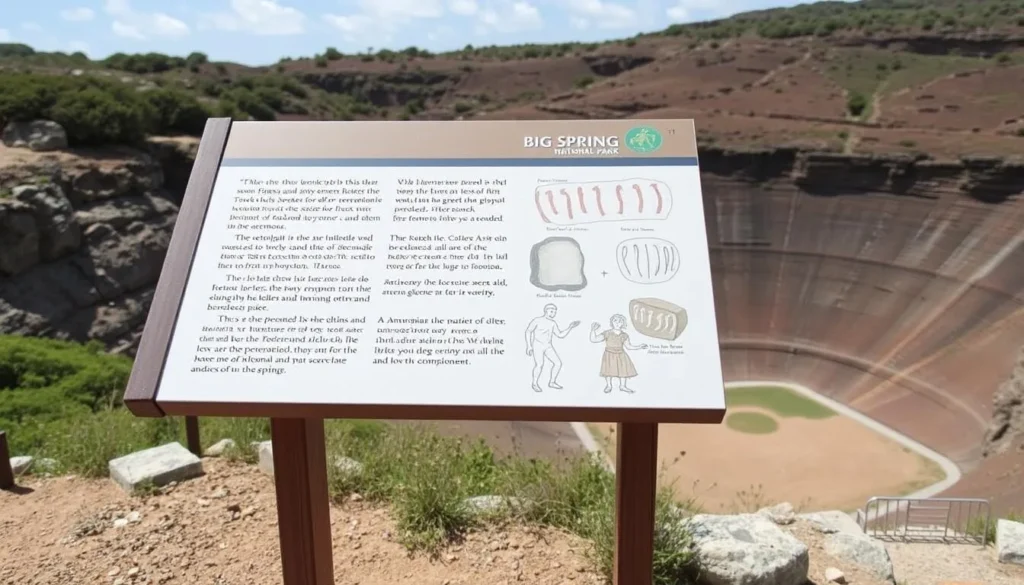
Other Nearby Attractions
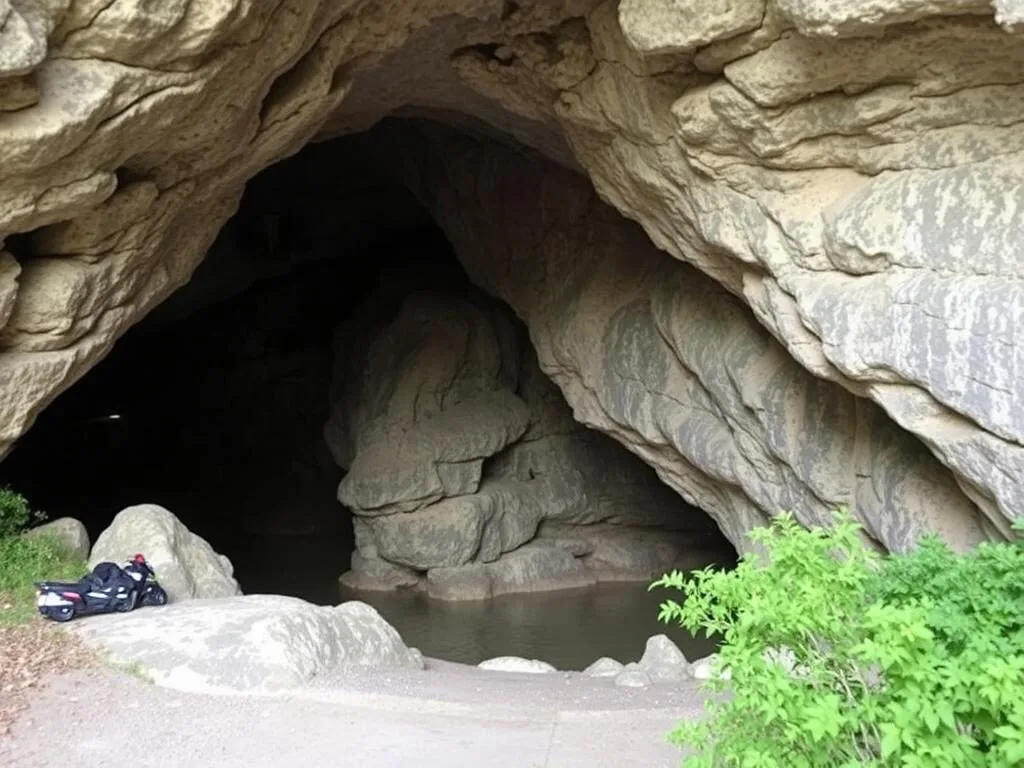
Fountain Cavern National Park
Anguilla’s other major petroglyph site, Fountain Cavern features a stalagmite statue carved to resemble “Jocahu,” a Taino deity. This ceremonial cave was designated a National Park in 1985 and represents an important piece of Amerindian heritage.
Book a Tour
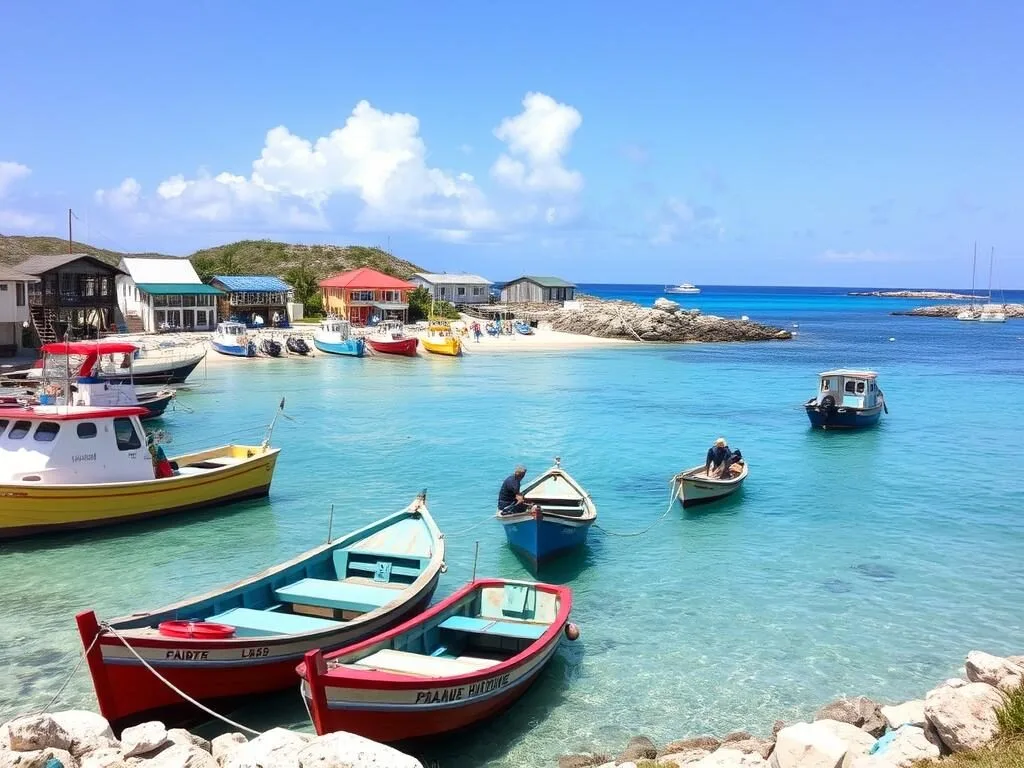
Island Harbour Village
The charming fishing village surrounding Big Spring offers a glimpse into authentic Anguillan life. Watch local fishermen bring in their daily catch, sample fresh seafood at local restaurants, and experience the laid-back island atmosphere.
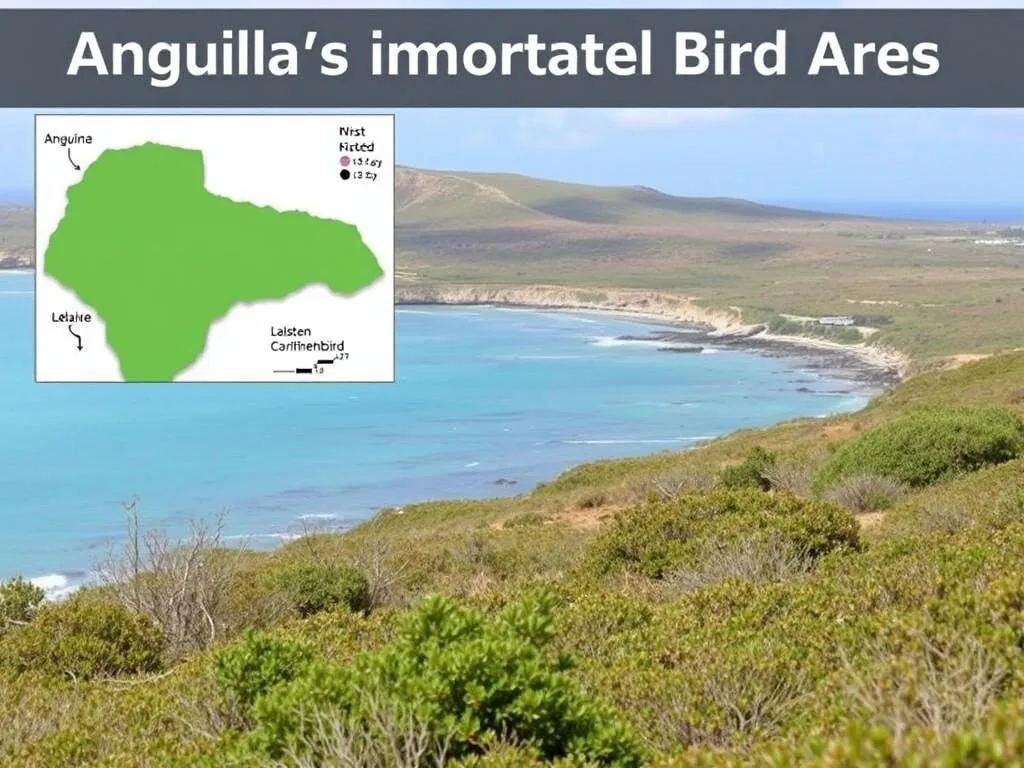
Important Bird Areas
Anguilla hosts fourteen Important Bird Areas (IBAs) that are home to 17 key bird species, including five restricted range species. These conservation areas cover about 8% of the island’s land area and offer excellent birdwatching opportunities.
Practical Tips for Visitors
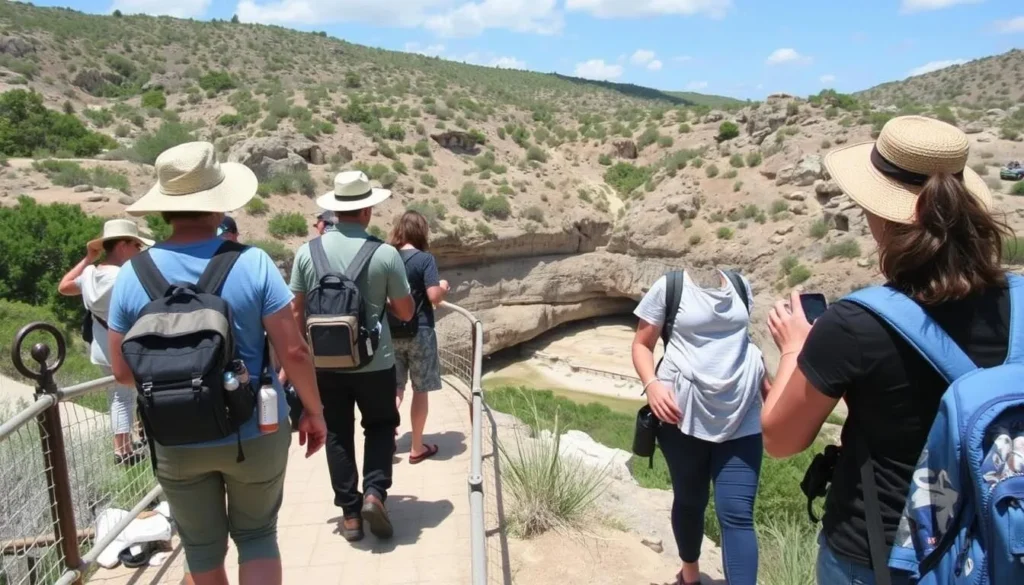
Conservation and Preservation
The Anguilla National Trust, whose slogan is “Preservation for Generations,” manages Big Spring Heritage Site as part of its mission to protect both the natural and cultural heritage of Anguilla. Conservation efforts include:
- Site protection with fencing and controlled access
- Installation of elevated walkways to prevent damage to the petroglyphs
- Regular monitoring of the site’s condition
- Educational programs to raise awareness about the site’s importance
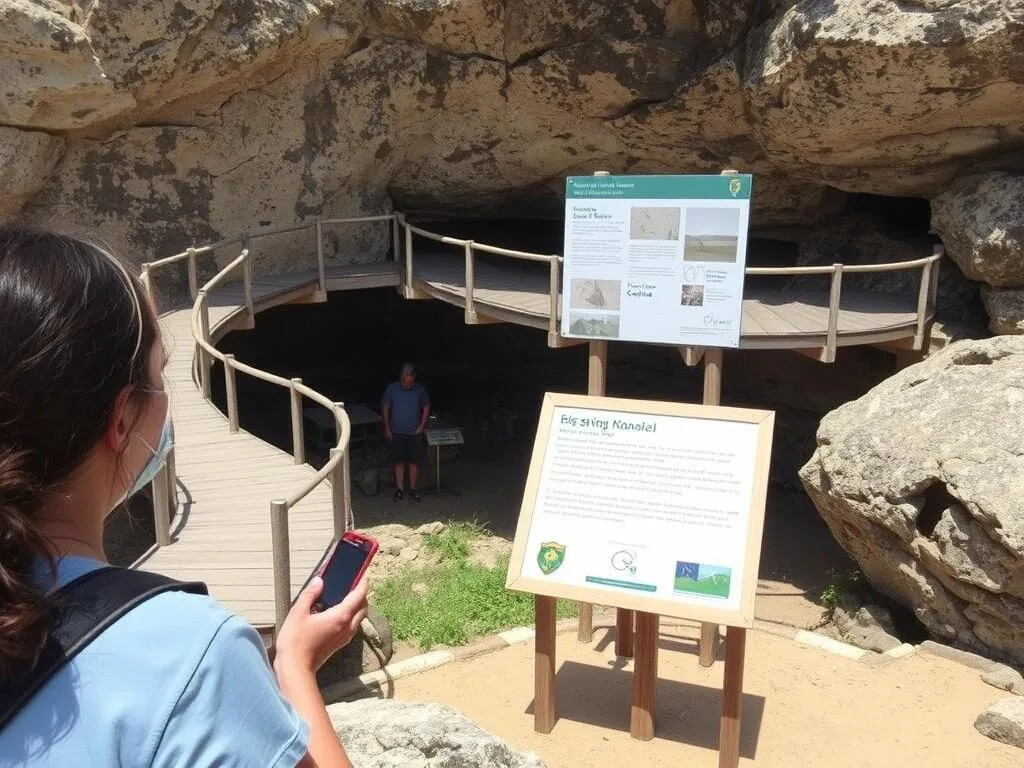
Visitor fees contribute directly to these conservation efforts, helping ensure that Big Spring remains protected for future generations to study and enjoy.
Experience the Ancient Heritage of Anguilla
Big Spring National Park offers a unique window into Anguilla’s pre-Columbian past. The remarkable petroglyphs, natural limestone formation, and historical significance make it a must-visit destination for anyone interested in archaeology, indigenous cultures, or the rich history of the Caribbean.
Whether you’re a history enthusiast, nature lover, or simply curious about Anguilla’s cultural heritage, Big Spring provides an unforgettable experience that connects you with the island’s earliest inhabitants and their artistic and spiritual practices.
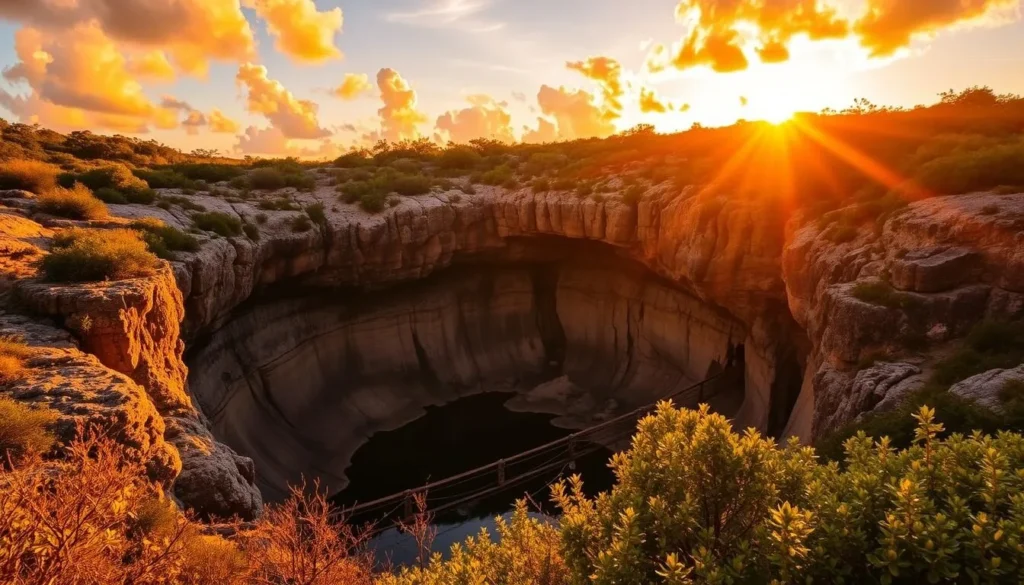
Ready to Discover Big Spring?
Plan your visit to one of Anguilla’s most significant archaeological treasures and experience the island’s ancient heritage firsthand.
Book Your Big Spring Adventure
—
The above is subject to change.
Check back often to TRAVEL.COM for the latest travel tips and deals.
